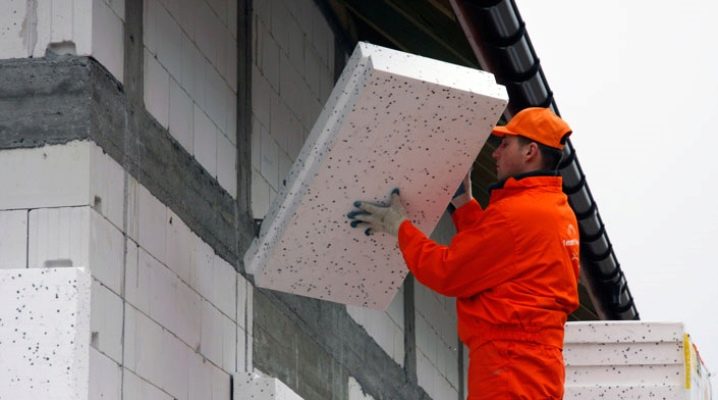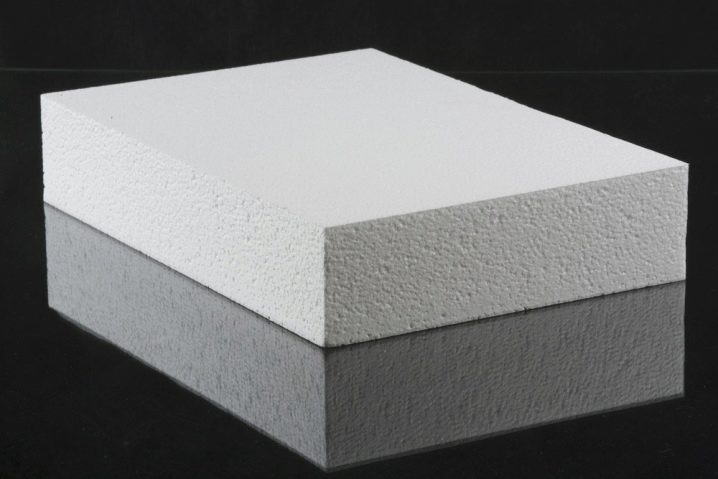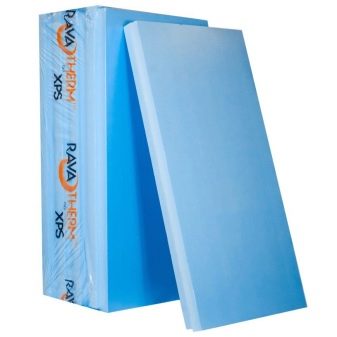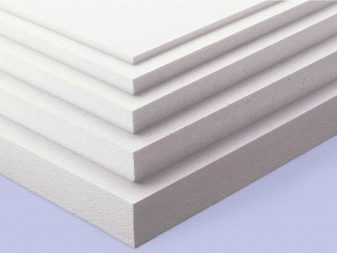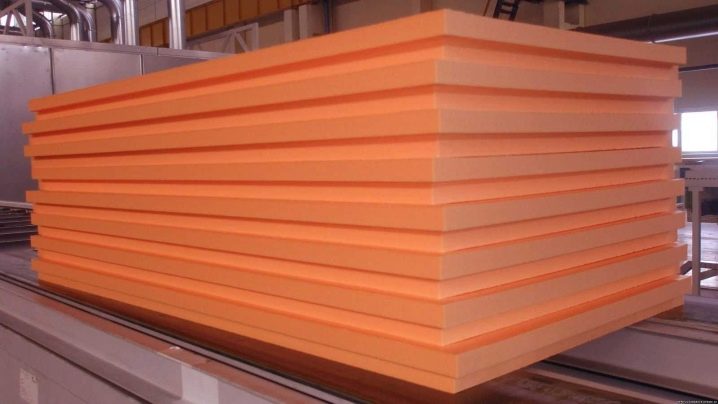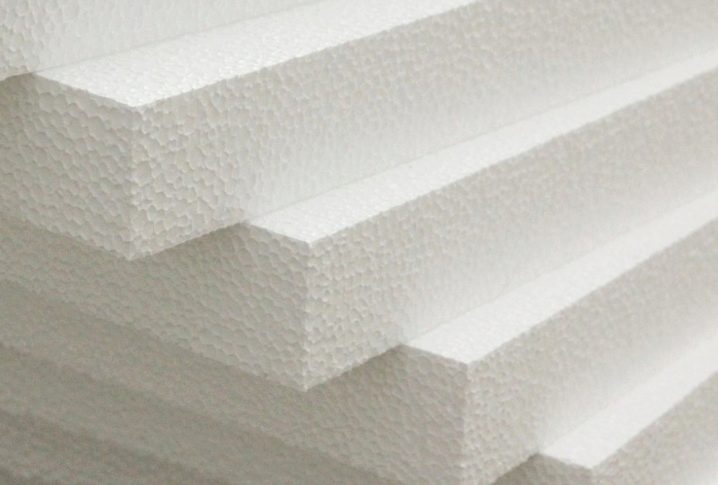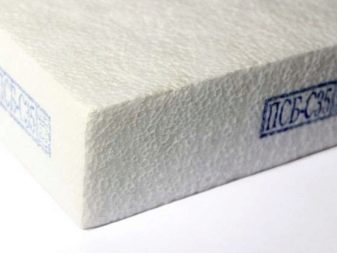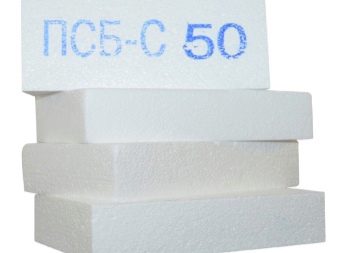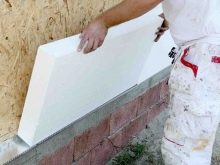Polystyrene foam 50 mm thick: characteristics and scope of application
The leader among heat insulators for many years remains polystyrene foam 50 mm - a versatile in use and affordable material.
Expanded polystyrene 50 mm: characteristics and use of a popular heat insulator
The material itself is a tightly compressed polystyrene cell filled with air.
Due to the peculiarities of its composition and structure, PPP has the following characteristics:
- a light weight;
- good moisture resistance;
- low thermal conductivity.
All this allows the material to reliably protect the structure from freezing and moisture.
The thickness of the insulation can be different, but the optimal is exactly 50 mm - this layer is enough to retain heat indoors.For comparison: to achieve a similar effect, you will need 95 mm of mineral wool.
The foam is realized by plates, 1x1 or 1x2 m in size, 8 pieces in each package.
Advantages and disadvantages of the material
Polystyrene insulation has the following advantages:
- does not create an additional load on the foundation of the building and supporting structures;
- durability - the service life of the material is at least 40 years, while it does not lose its characteristics;
- convenience during transportation and installation;
- good adhesion and interaction with adhesives;
- resistance to temperature extremes and the effects of most aggressive media.
Also, most modern types of polystyrene heaters are treated with special compounds that protect the material from rodents and pests.
At the same time, foam polystyrene has drawbacks.
- Low vapor permeability. In order to avoid accumulation of steam indoors when using polyfoam as a heater, it is necessary to equip a good supply and exhaust ventilation.
- Instability to influence of UF-radiation. For this reason, the foam must be hidden from exposure to sunlight.
- Loss of performance when interacting with solventsthat does not allow to apply paints and varnishes on PPS.
- Low resistance to external mechanical stress. Polyfoam is a rather fragile material, so when working with it, care must be taken that it does not break and does not crack.
The presence of the latter can significantly affect the quality of the PPP, increasing thermal conductivity and the risk of moisture penetration.
It is not the material itself that is toxic, but the styrene vapor, which decreases with time and does not exceed the maximum permissible and safe for humans. Therefore, experts advise the use of PPP, which for a long time "lay down" in the warehouse. The combustibility of polystyrene foam depends on the production technology. For example, polymeric granules filled with carbon dioxide, have the ability to self-extinguish.
Stamps, their characteristics and application
Modern manufacturers offer a sheet of 50 mm polystyrene foam of various brands that differ in density of the material.
- PSB-S15 (density of 11-15 kg / m3). Such material conducts less than 0.037-0.04 W / m ° C and is able to withstand compression of not more than 40 kPa.
- PSB-S25 (16-25 kg / m3) with a thermal conductivity of 0.038 W / m ° C and strength up to 100 kPa.
- PSB-C35 (from 25 kg / m3). This type of expanded polystyrene has a thermal conductivity of 0.035-0.039 W / m ° C and is capable of withstanding loads up to 140 kPa.
- PSB-S50 (40-45 kg / m3). The thermal conductivity of this type of PPS is 0.04-0.043 W / m ° C, strength - up to 60 kPa.
The letter "C" in the label indicates that the production was used flame retardants - substances that increase the fire safety of the material.
Each brand of PPP has its own application. For example, PSB-S15 is used in small structures with internal insulation of private houses. PSB-S25 is used for external heat insulation works on larger objects, PSB-S35 is suitable for facade and floor insulation.
As for the most dense sheets of polystyrene foam 50 mm thick, they are most often used in the formation of the road surface. In the private construction of this type of PPP is not in demand because of the relatively high cost.
You will learn more about what polystyrene foam is and how it is produced.
